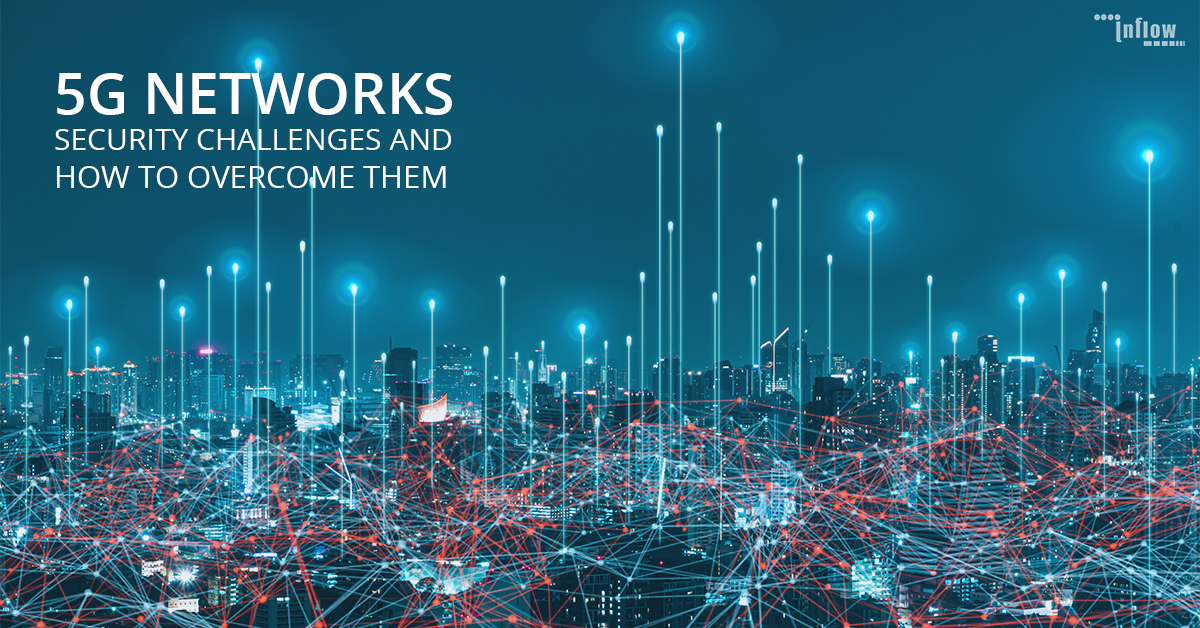


5G Networks – Security Challenges and How to overcome them
 nnWith the increasing excitement for the potential of 5G, comes the need for a strong base of security. There are three significant challenges when it comes to securing 5G:n
nnWith the increasing excitement for the potential of 5G, comes the need for a strong base of security. There are three significant challenges when it comes to securing 5G:n
- n
- The Internet of Things
- 5G Cloud adoption
- The development of 5G security standards and best practices
n
n
n
n nn nn5G assures transformative mobility by enhancing the mobile broadband experience and industrial digitalisation. It’s critical to specially set high-security standards in addition to connectivity and customer experience.nnWith all the technology transformation around 5G, let us look at the challenges we need to deal with:n
nPoorly Configured IoT Devices are Highly Vulnerable
nPalo Alto Networks, one of our partners in the Cybersecurity space, has conducted various tests and identified that IoT botnet activities make up a large part of the malware in mobile networks. With time, the number of attacks has been increasing at an alarming rate. The attacks, sometimes are even from within the operator’s network, posing a serious threat. In this environment, service providers need to step up detection and prevention techniques.nnToday, the IoT environment includes nonstandard computing devices – microcontrollers, and sensors running basic versions of open source applications. Poorly configured IoT devices are vulnerable to malicious network attacks affecting the overall performance, usability, and other services provided by the device.nn n
5G Cloud Adoption has security gaps
nTelecom networks have evolved significantly, demanding a unique approach to secure them. Operators are moving towards a distributed telco-cloud environment, with complete automation of operations and services meeting the performance and scalability requirements. Most operators prefer the multi-cloud strategy. Although software-driven models drive agility, they consist of various security flaws, making networks more vulnerable to attacks.nn n
5G Security Standards and Best Practices Need Improvement
nSecurity is an essential part of successful use of 5G. Standards development and industry organisations play a crucial role in promoting standards and best practices to operators around the globe. While a set of standards and best practices are released on 5G towards spectrum allocation and use, there are only a few on the leading-edge security practices for 5G.nn n
So, how do you secure the 5G network?
nSince 5G technology has a significant impact on a country’s economy, governments have a deep concern for its security. Governments and the industry have equal responsibility in mitigating the cybersecurity threats to mobile network infrastructures, and to prevent cyberattacks and cybercrimes. Therefore, prevention of technical measures that compromise the security of mobile network infrastructure becomes the government’s critical activity.nnRecently, GSMA has expanded its security reference document in collaboration with a few service providers, which focuses on the best practices for securing 5G networks. This document recommends a few detection and prevention techniques against the attacks on mobile networks, services and applications. It also outlines guidelines on addressing the threats posed, with examples.nnSuccessful digital transformation strongly relies on the technology underneath. So, security providers need to have real-time visibility over the traffic on the network. Learn more about this at Securing Mobile Network Infrastructures: The Need for Constant Real-Time Visibility and Enforcement.
